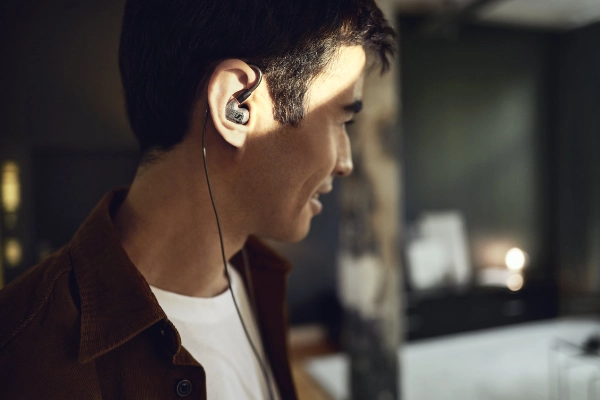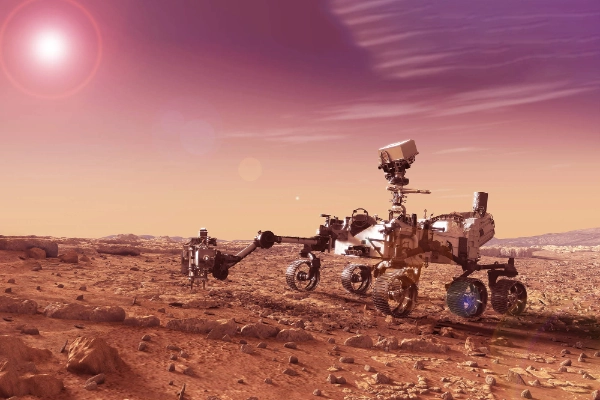Biocompatibility of Amorphous Alloys
Biocompatibility and Tissue Regeneration
Amorphous alloys have earned attention for their remarkable biocompatibility, making them a promising material for biomedical applications. Studies have shown that these alloys exhibit pronounced positive effects on cellular migration, facilitating the movement of cells crucial for tissue regeneration and repair processes. The biocompatible nature of amorphous alloys significantly promotes bone formation and effective bone regeneration. The absence of ionic accumulation or inflammatory reactions associated with amorphous alloys underscores their compatibility with the biological environment, essential for minimizing adverse tissue responses and ensuring long-term implant success. Their ability to support osseointegration at an early stage further enhances their suitability for biomedical applications.
- Cell viability well above the 70% cytotoxicity limit
- Saos-2 (ATCC® HTB-85™) (human osteosarcoma cell line)
- Tests on various eluate concentrations

In addition to their biocompatibility, amorphous alloys offer exceptional mechanical properties that are advantageous for biomedical implants. Their Young's modulus, a measure of stiffness, is closer to the value of the bone than other implant materials, reducing the potential for stress shielding and promoting healthy bone remodeling. This similarity in Young's modulus is advantageous, as it helps to minimize the disparity in stiffness between the implant and the surrounding bone, thus reducing the risk of complications. Different manufacturing methods allow the prompt and efficient production of a wide range of applications: 3D-printing allows for the rapid realization of patient-specific designs, enabling tailored implants that perfectly fit the individual's needs, while larger quantities of standardizes biomedical applications can also be processed via injection molding.
The demanding applications in medical technology demonstrate the advantageous fields of action of amorphous alloys, which unfold their potential in these challenges and open up new possibilities in the field of orthopedic and dental implants for providing better care to patients in the future.
Biocompatibility proven in studies
| Titel | Independent scientific publications on Zr-based BMG |
|---|---|
| Osteogenesis and angiogenesis of a bulk metallic glass for biomedical implants | Bioactive Materials 8 (2022) 253–266 |
| Biocompatibility of a Zr-Based Metallic Glass Enabled by Additive Manufacturing | ACS Appl. Bio Mater. 2022, 5, 5741−5753 |
| Application of Zr and Ti-Based Bulk Metallic Glasses for Orthopaedic and Dental Device Materials | Metals 2020, 10, 203; doi:10.3390/met10020203 |
| In Vivo Investigation of Zr-Based Bulk Metallic Glasses Sub-Periosteally Implanted on the Bone Surface | Journal of Materials Science and Chemical Engineering, 2016, 4, 46-51 |
| Bulk Metallic Glasses: MRI Compatibility and Its Correlation with Magnetic Susceptibility | Journal of Mat. Sci & Techn. Vol. 32 (6), p. 496-504 (2016) |


